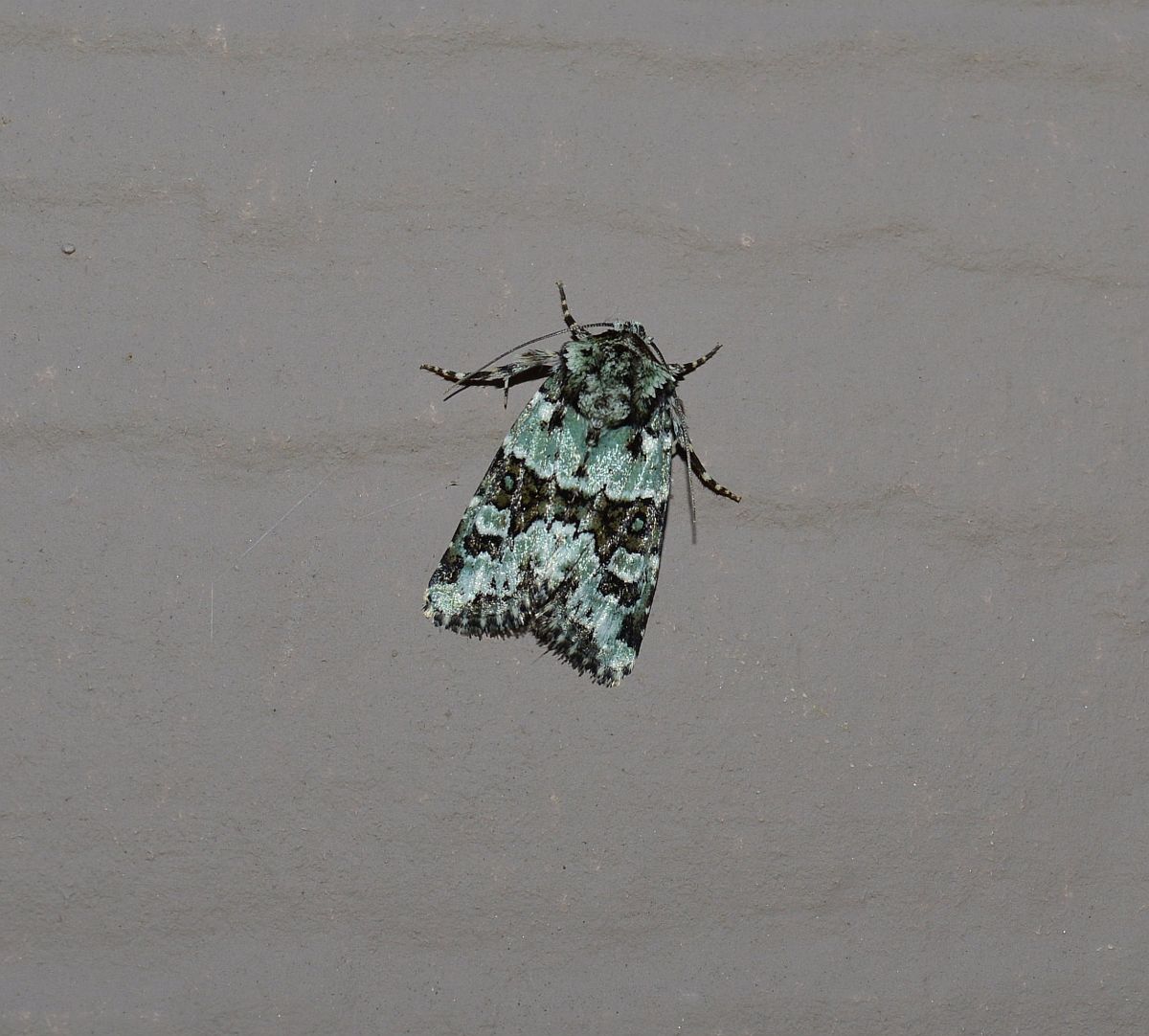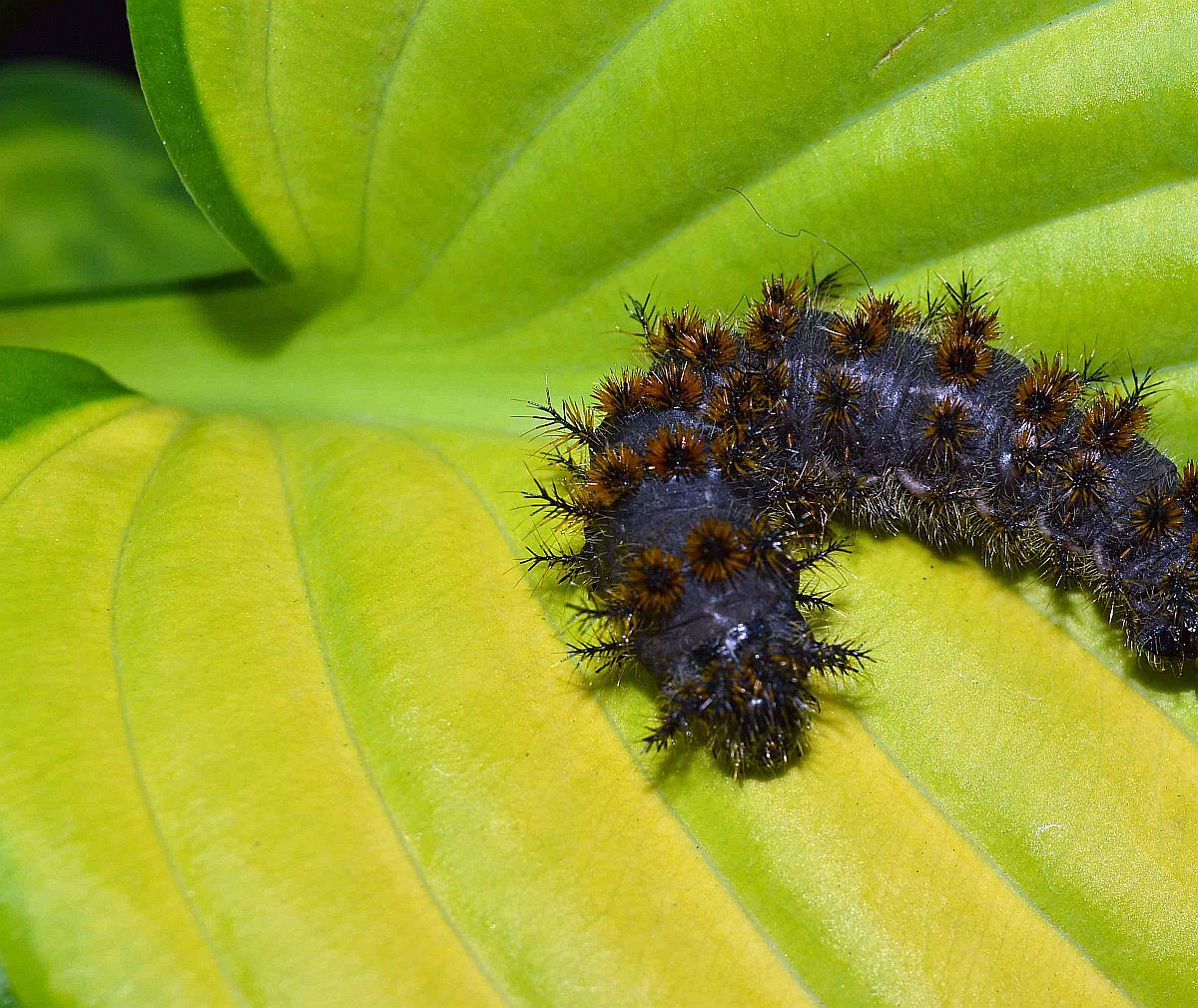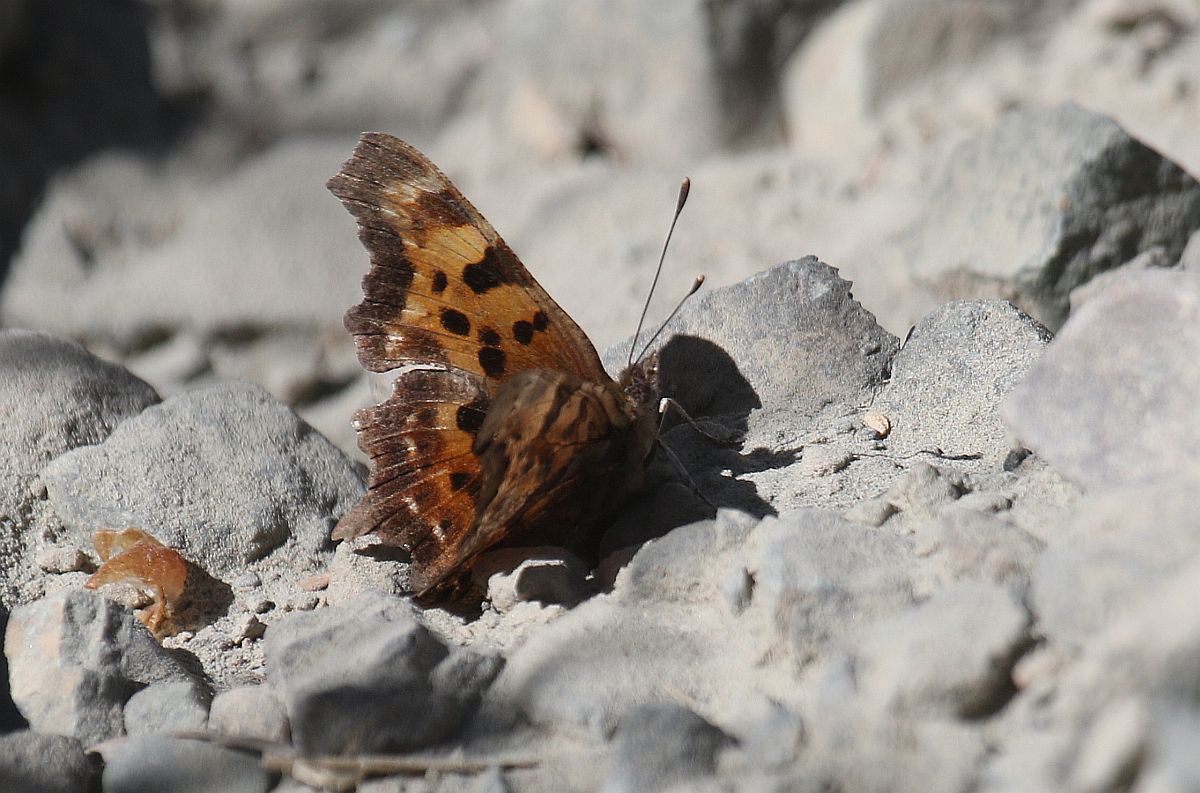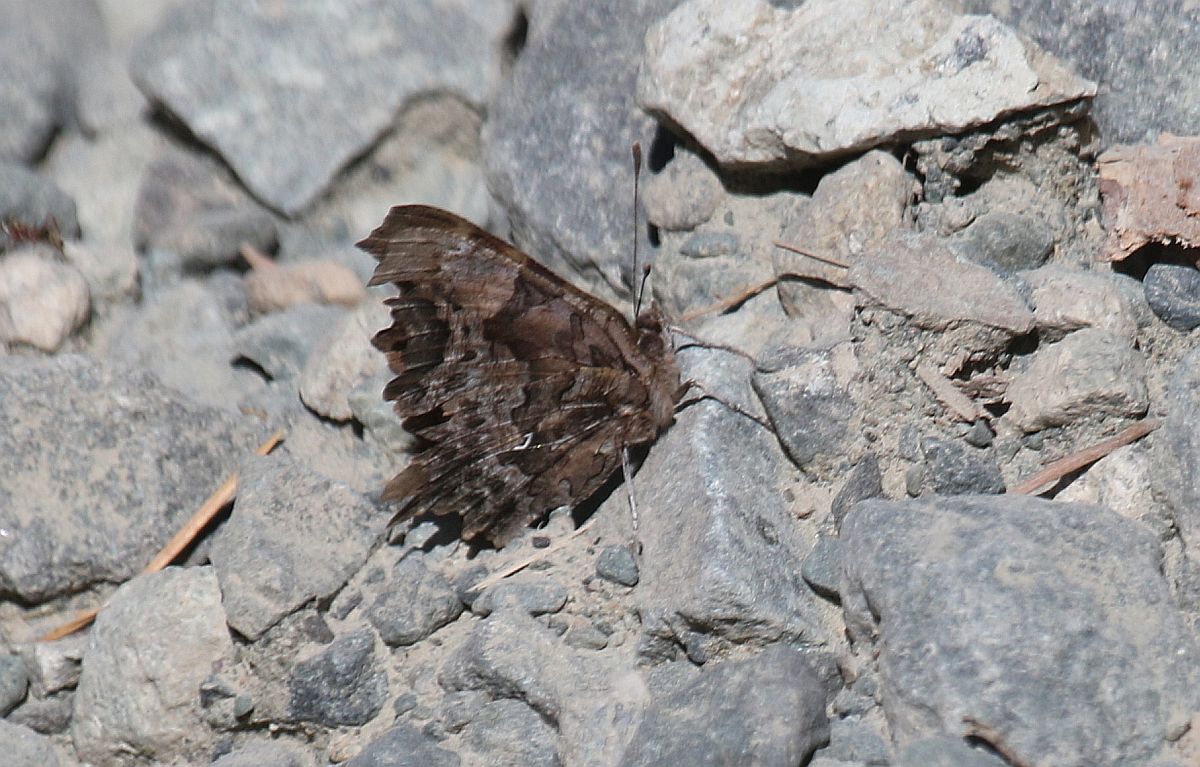2015 July 8
(Sorry – No July 7 posting.)
On the July 6 posting we showed a photograph of a bug, and I wrote that we’d probably not be able to identify it closer than that. I had not reckoned on the expertise of our viewers. Scott Gilmore identified it as a mirid bug of the genus Lygus, and he pointed to an Internet image of it or a very similar bug by Rick and Libby Avis at
http://bugguide.net/node/view/889739
In today’s posting, we have a few more not-fully-identified insects – and I look forward to hearing what our viewers may come up with.
Karen Ferguson sends a photo from Mount Tuam Road on Salt Spring Island of a fresh fritillary nectaring on daisies. At press time we are not completely certain whether this is a Zerene or a Hydaspe. Opinions (with reasons!) welcome.
![]()
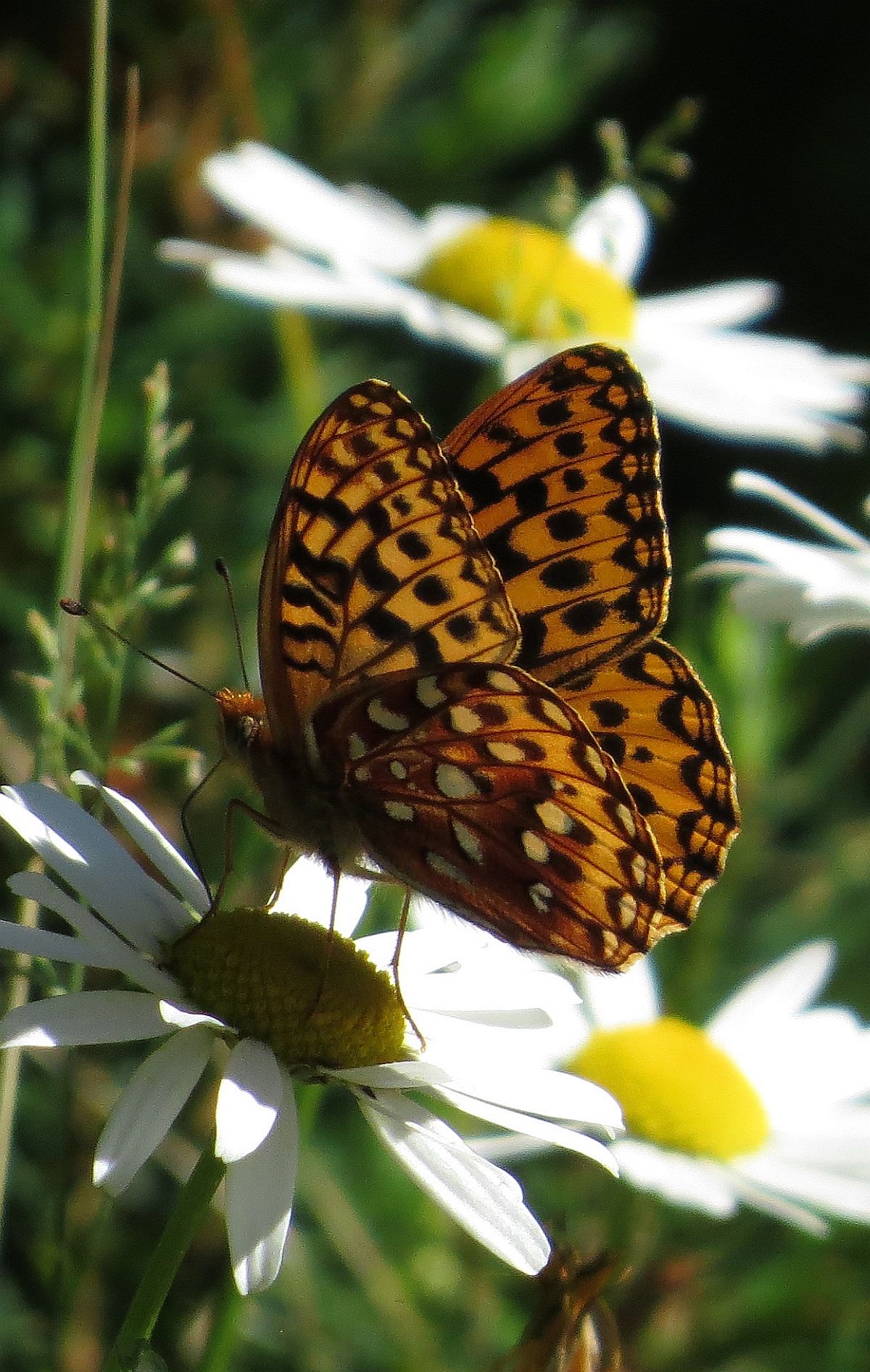
Speyeria sp. (Lep.: Nymphalidae)
Karen Ferguson
Chris Garrett sends a photograph of a Common Emerald Moth, July 6.
Common Emerald Hemithea aestivaria
(Lep.: Geometridae)
Chris Garrett
Nathan Fisk sends a photograph of an interesting insect that turned up in a sand box on July 7. It is probably a larva of a predaceous beetle, perhaps a species of ladybird (Coccinellidae).
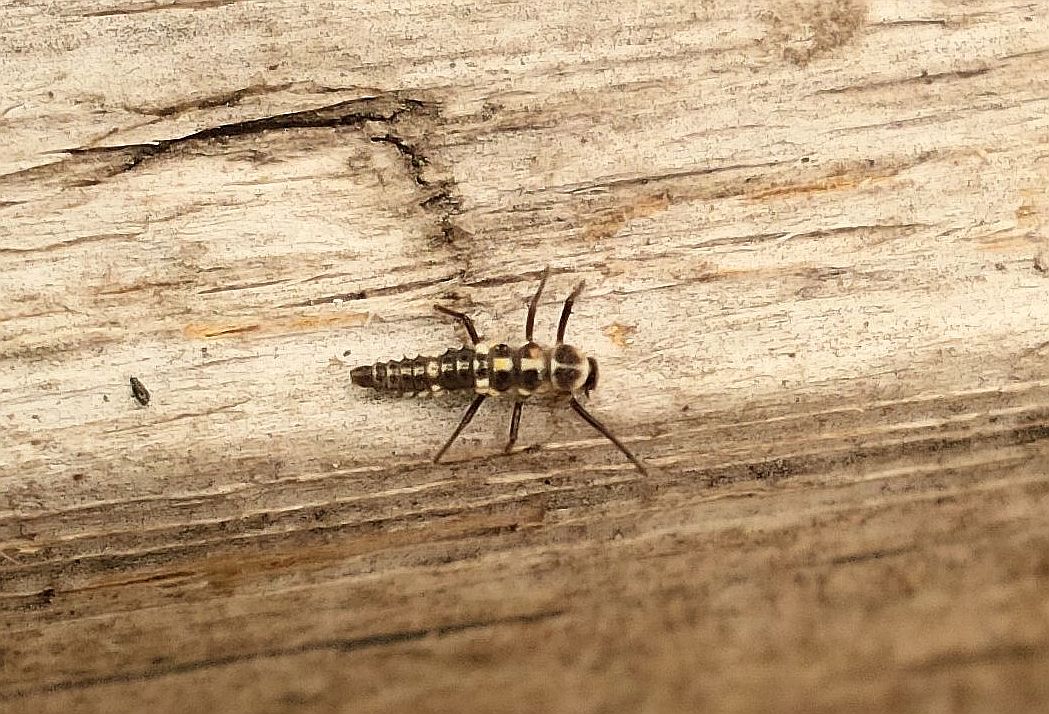
![]()
Beetle larva (Col.: Perhaps Coccinellidae) Nathan Fisk
Here is a caterpillar found recently at Cadboro Bay by Meilin Quong. We don’t (yet?) know what it is. Possibly a lasiocampid. Maybe even Tolype, but that’s a guess.
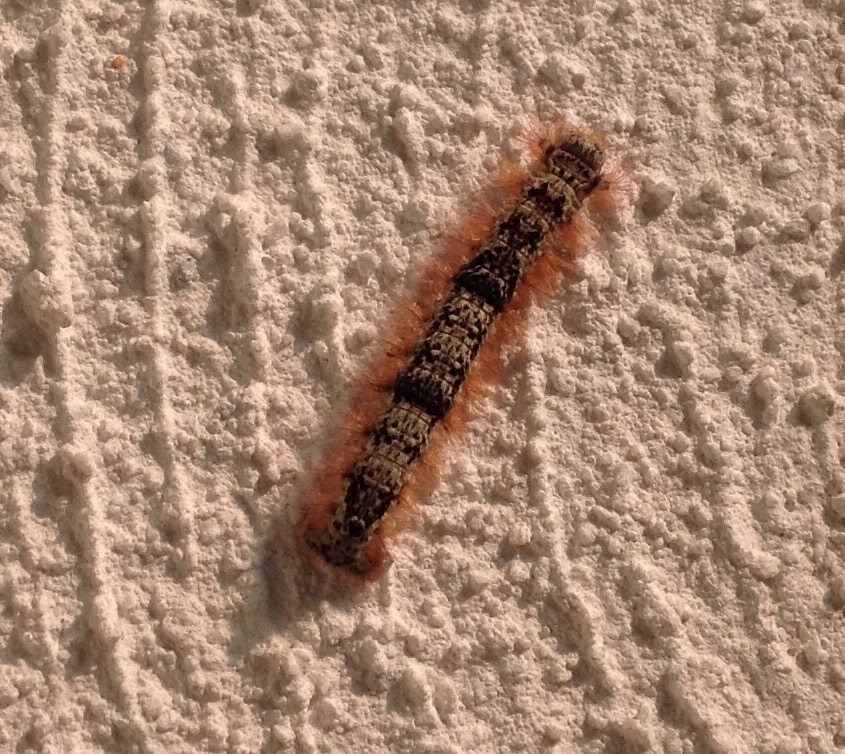
![]()
Unknown caterpillar, possibly Lasiocampidae Meilin Quong
The next photograph is of an insect that is rather easier to identify. It is a Sheep Moth, which emerged last night from a pupa made last year by a caterpillar found in Beckwith Park.
Sheep Moth Hemileuca eglanterina (Lep.: Saturniidae) Jeremy Tatum
Jeremy Tatum writes that there are still Painted Ladies and Red Admirals, some quite fresh, to be found in the evenings after about 6:00 p.m. on the reservoir or near the Jeffery Pine on the top of Mount Tolmie. The tops of other local hills, such as Mount Douglas, Christmas Hill or Highrock Park would probably be worth a visit in the evenings.
Barb McGrenere writes: Pine White was the most numerous butterfly today on our walk at Elk Lake Park. Five were flying near the tree tops, while three were flying low, nectaring on daisies and thistles. We enjoyed excellent views of the low butterflies and they were in pristine condition. We saw: Pine White 8; Cabbage White 1; Western Tiger Swallowtail 3; European (Essex) Skipper 1.
![]()
Pine White Neophasia menapia (Lep.: Pieridae) Barb McGrenere

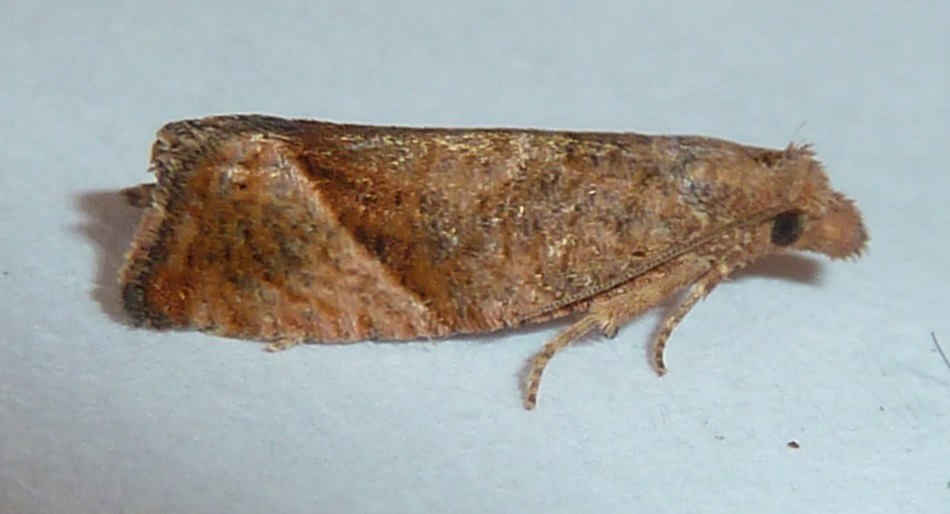
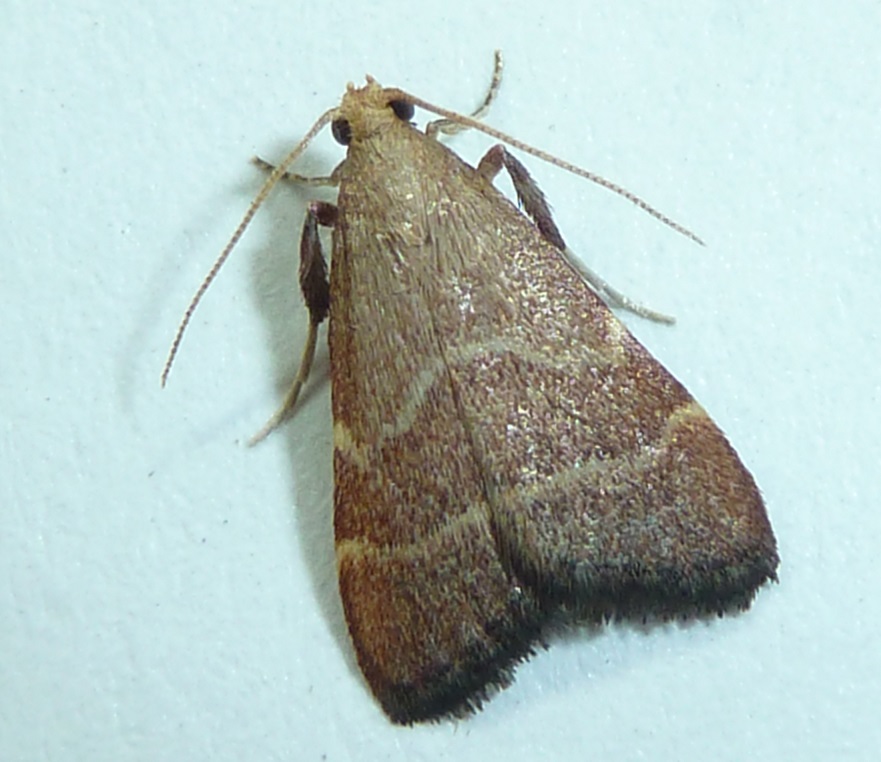
 Arta epicoenalis (Lep.: Pyralidae) Scott Gilmore
Arta epicoenalis (Lep.: Pyralidae) Scott Gilmore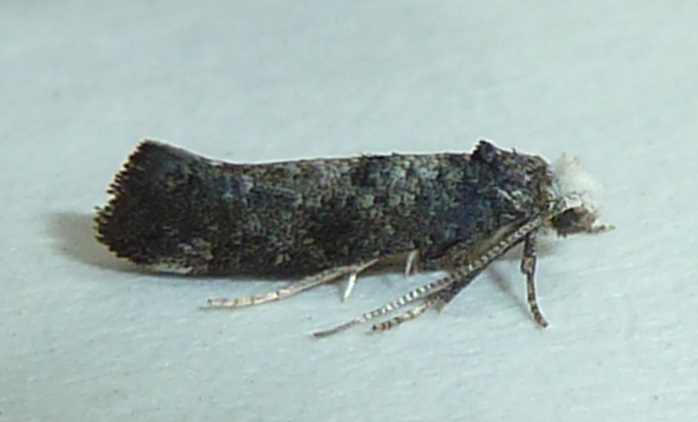
 Swammerdamia pyrella (Lep.: Yponomeutidae) Scott Gilmore
Swammerdamia pyrella (Lep.: Yponomeutidae) Scott Gilmore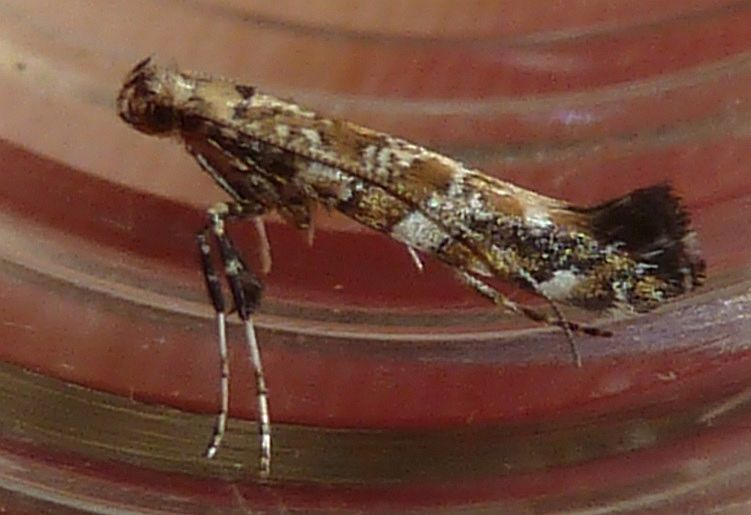
 Gracillaria syringella (Lep.: Gracillariidae) Scott Gilmore
Gracillaria syringella (Lep.: Gracillariidae) Scott Gilmore
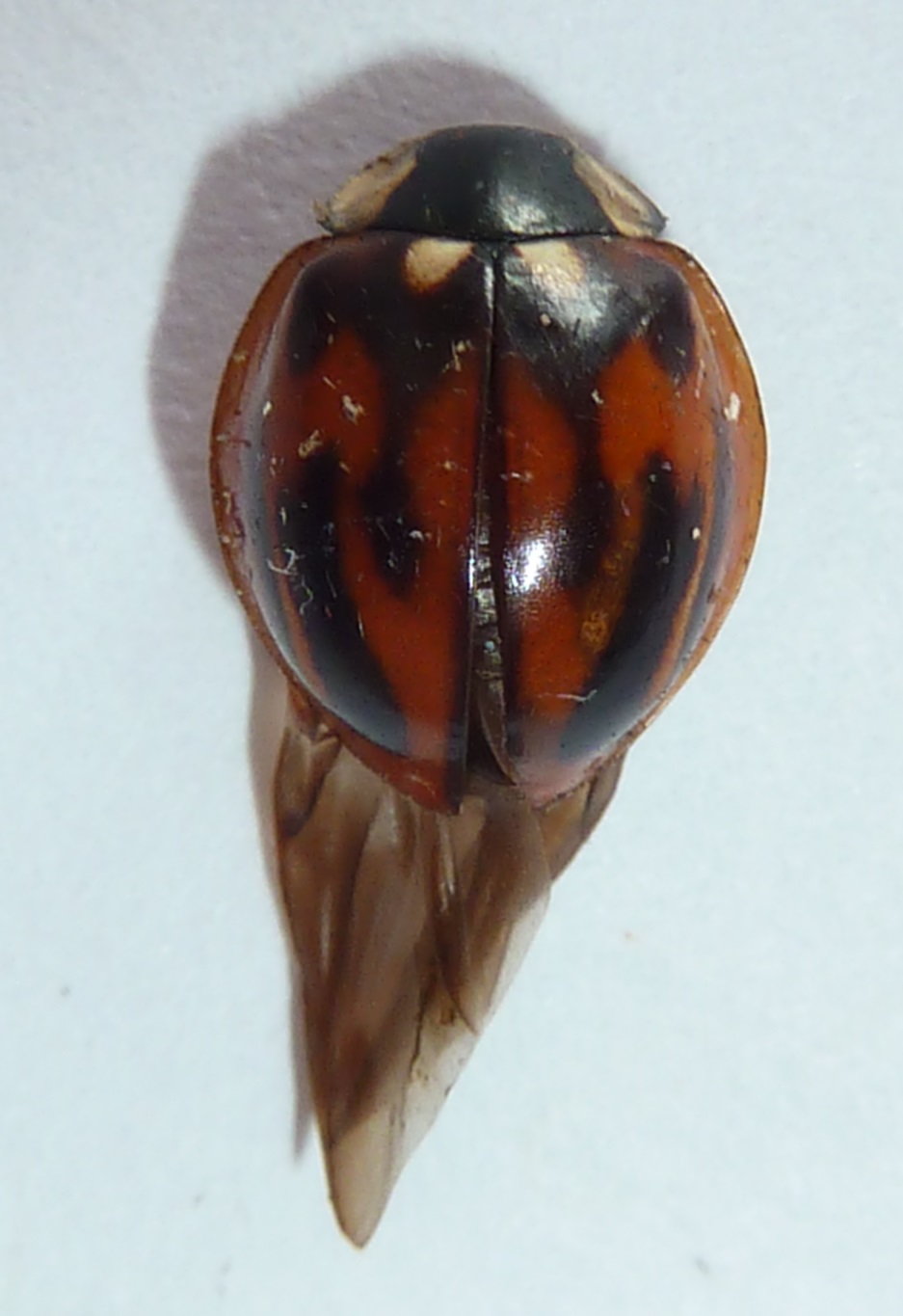

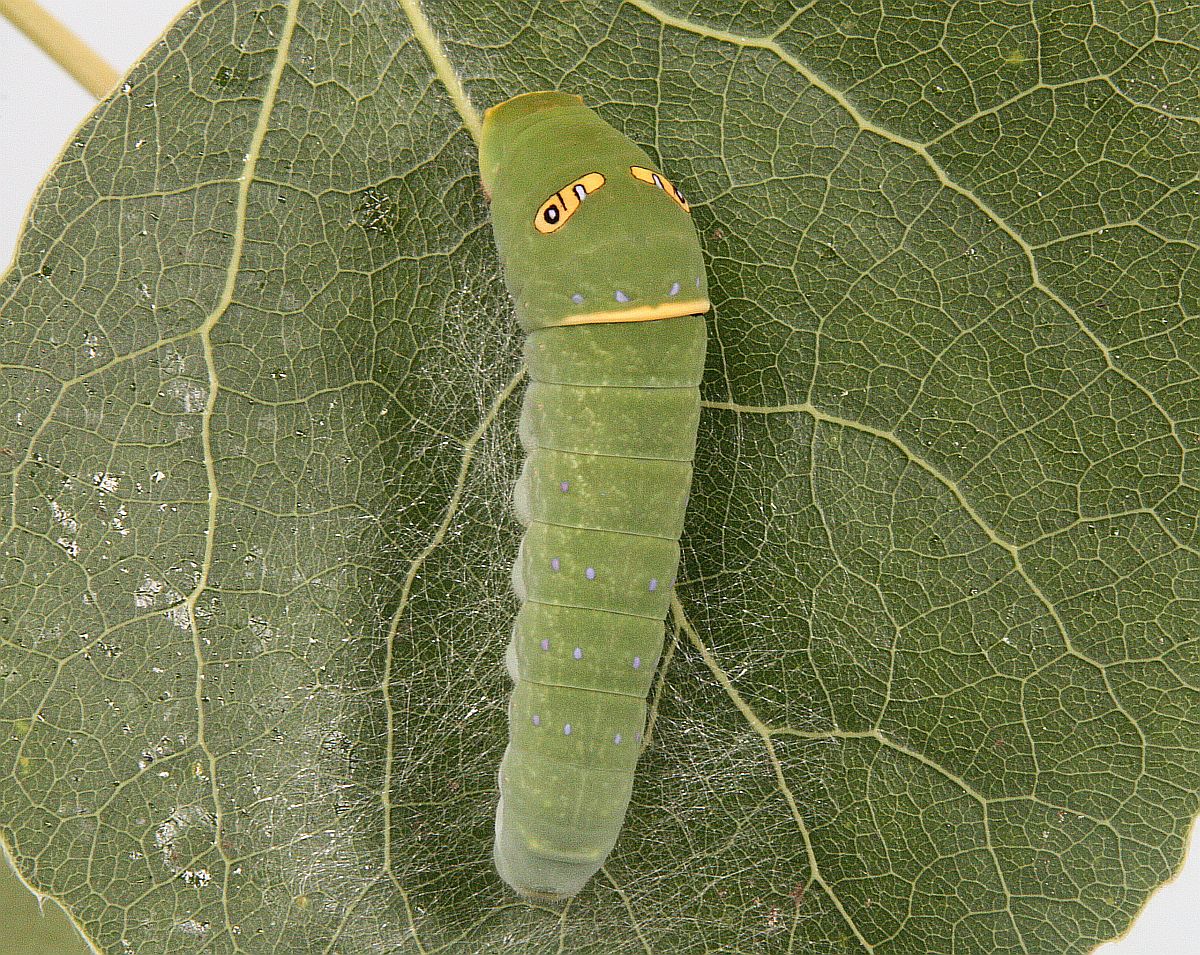
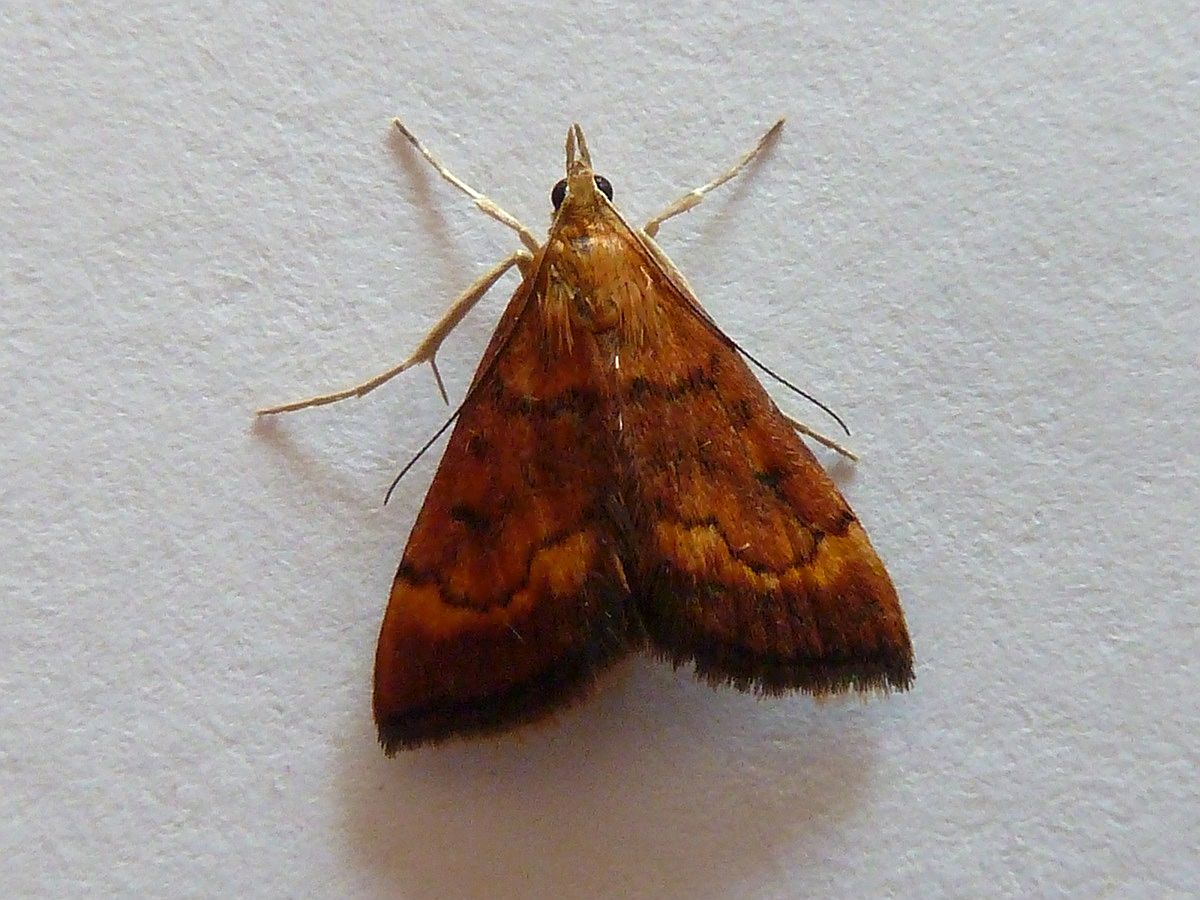
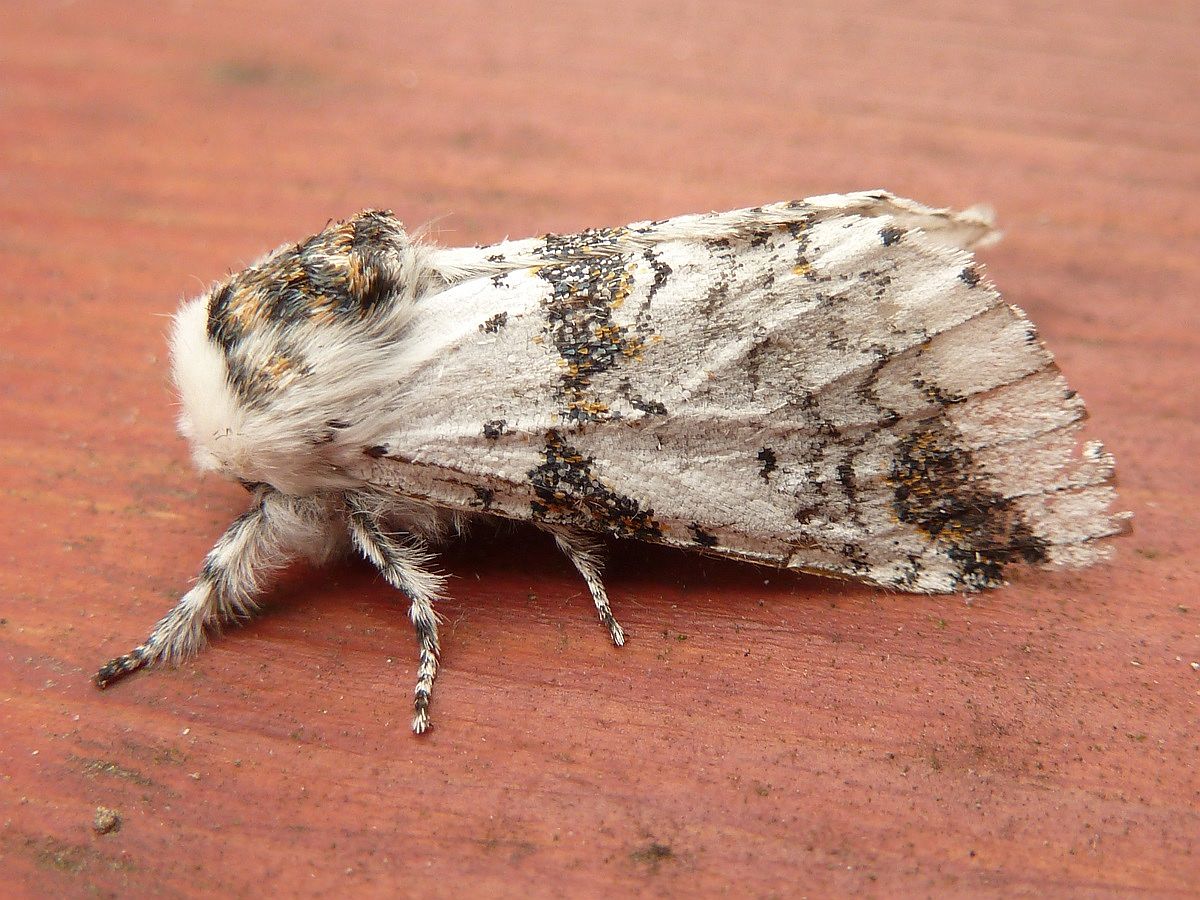
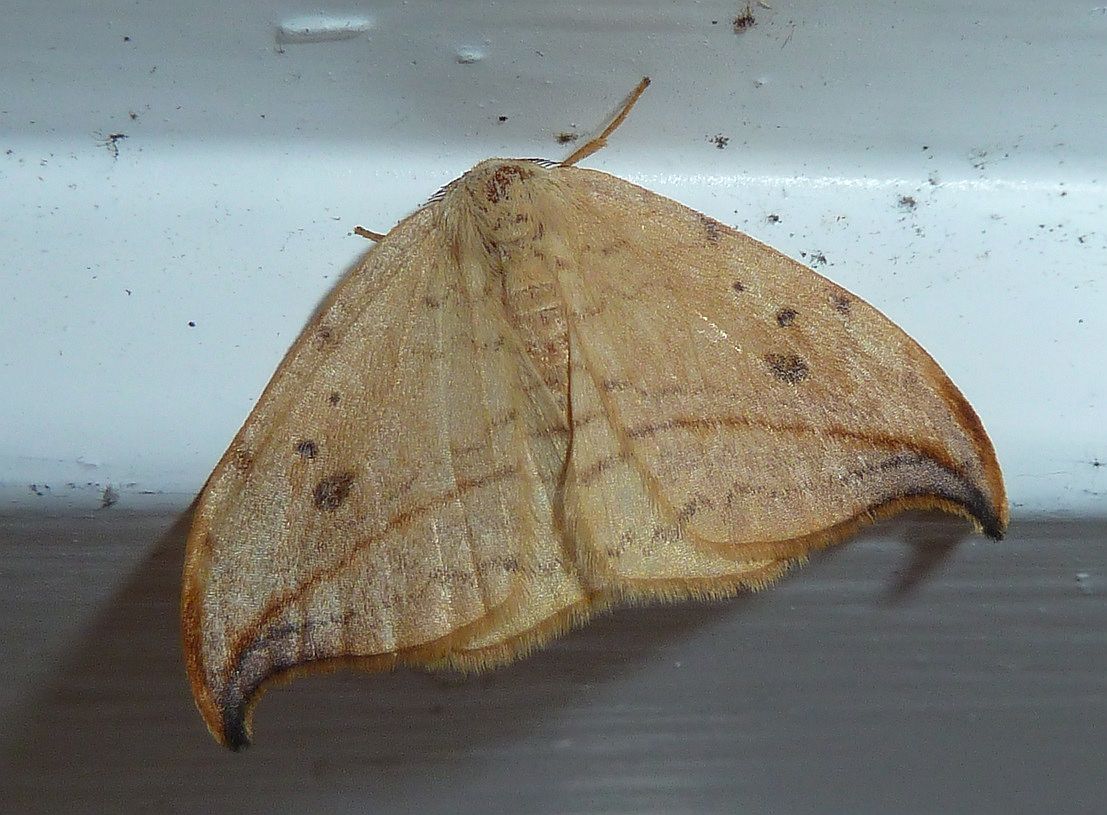
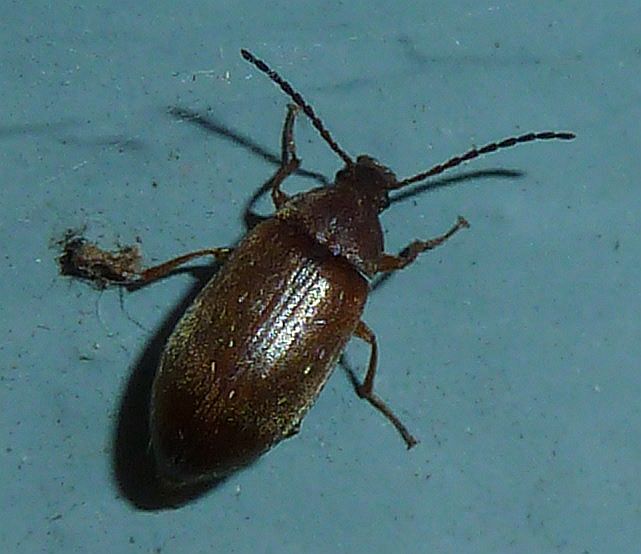
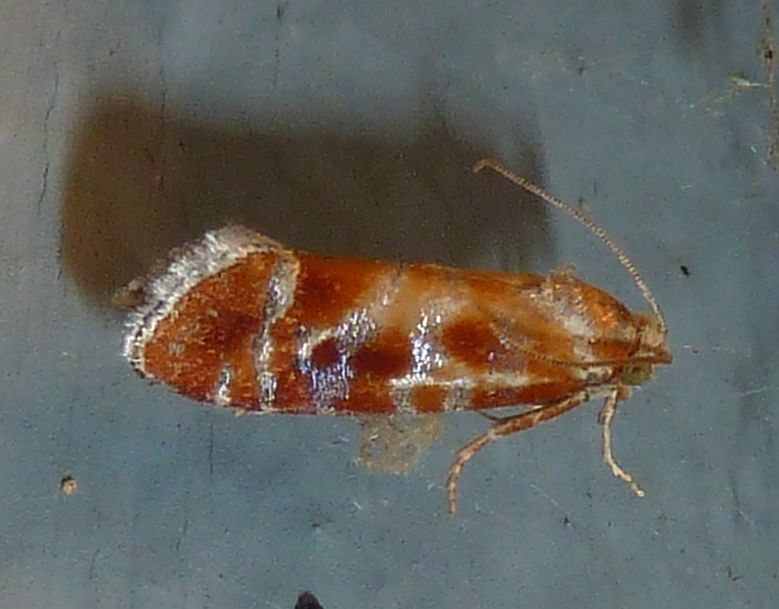
 European Pine Shoot Moth
European Pine Shoot Moth 